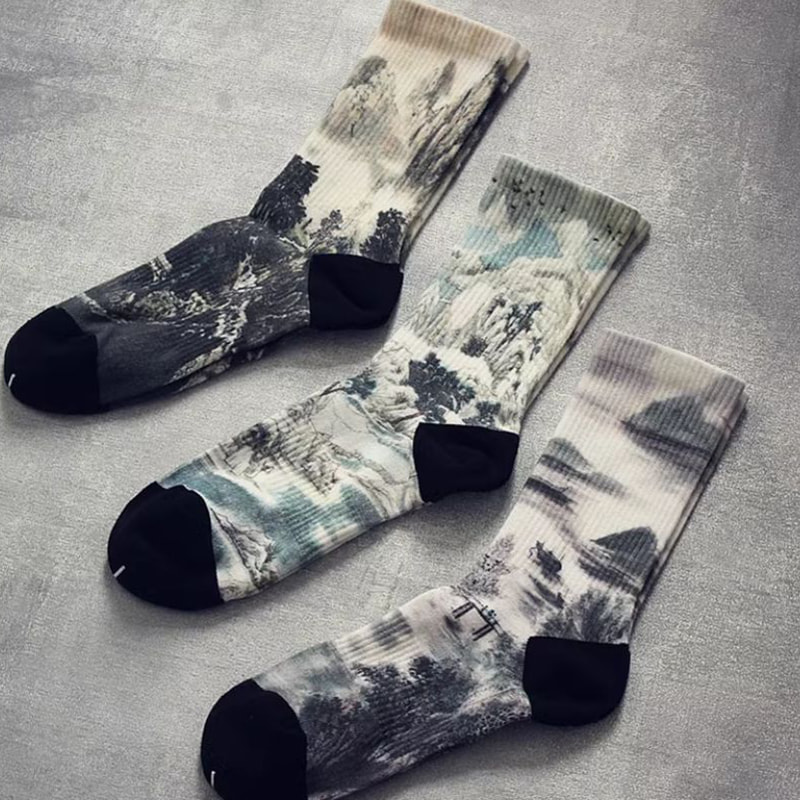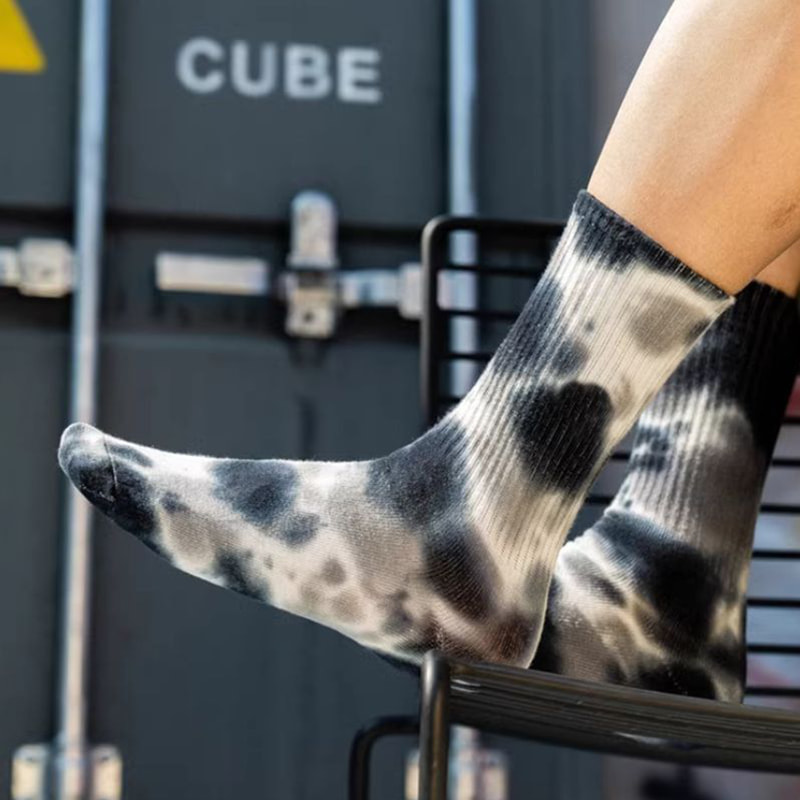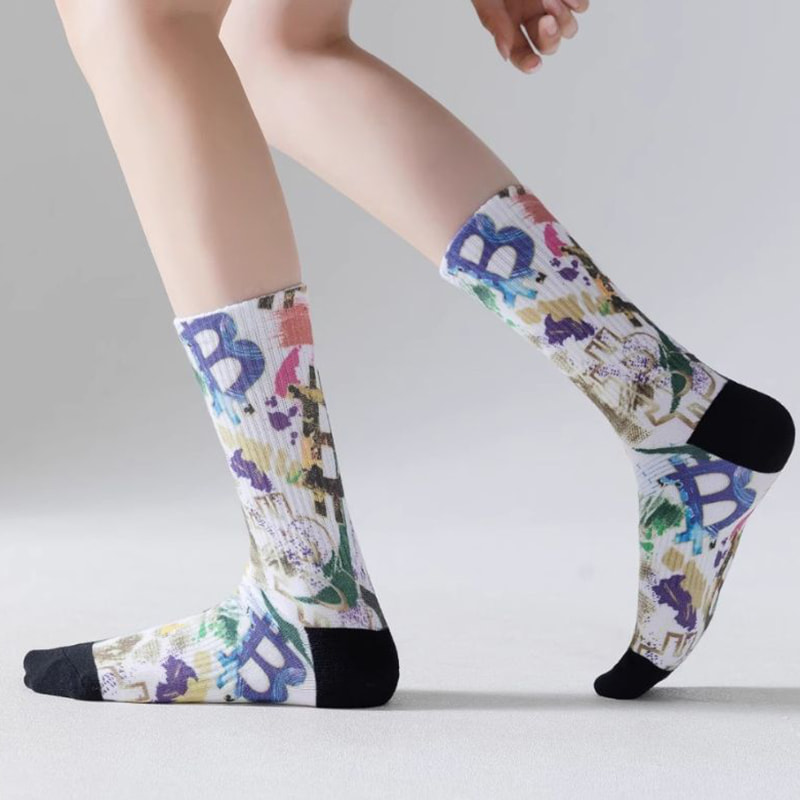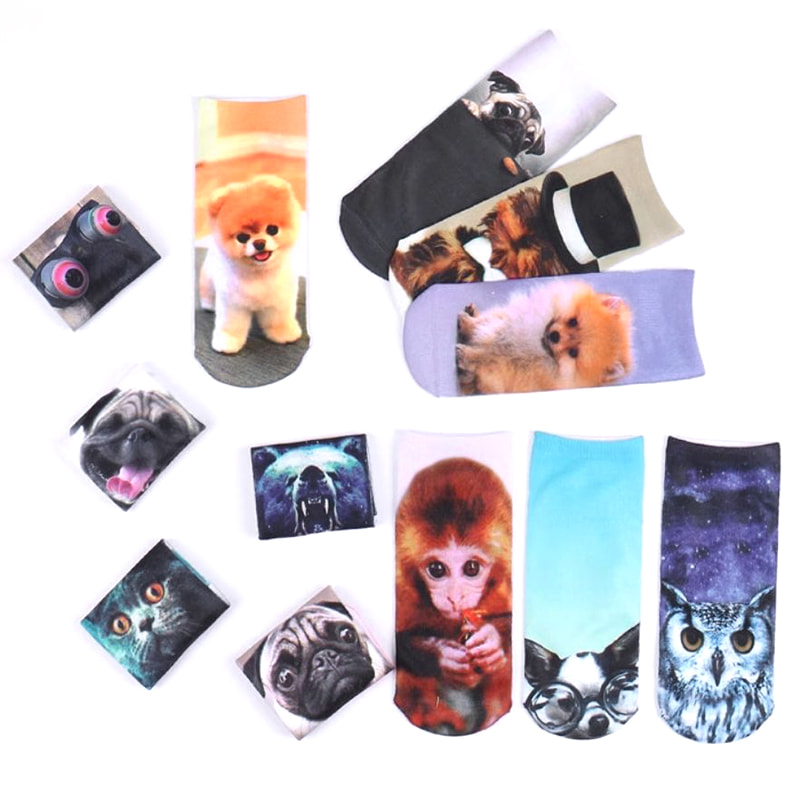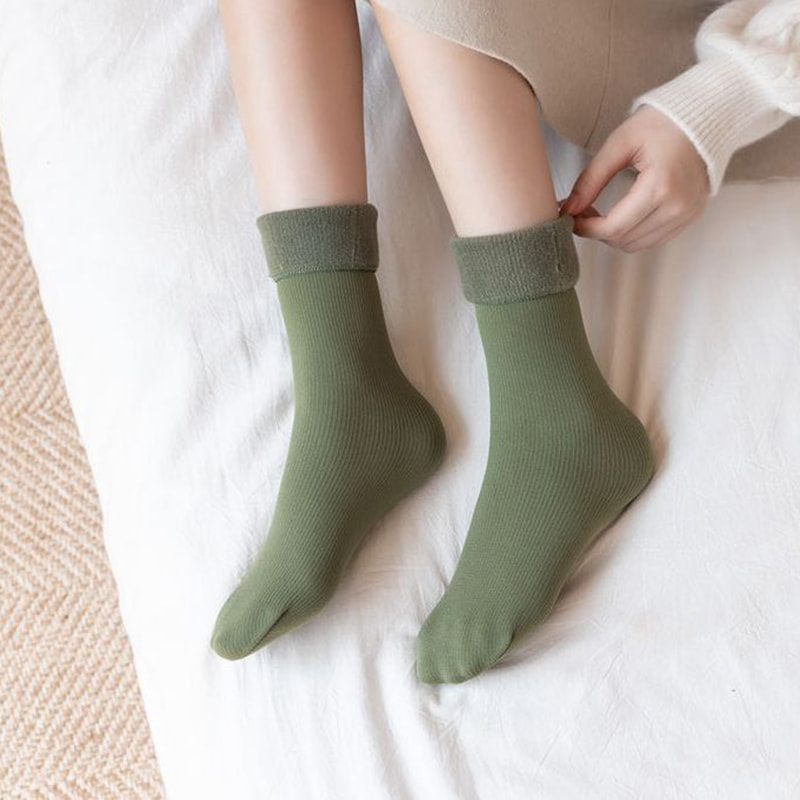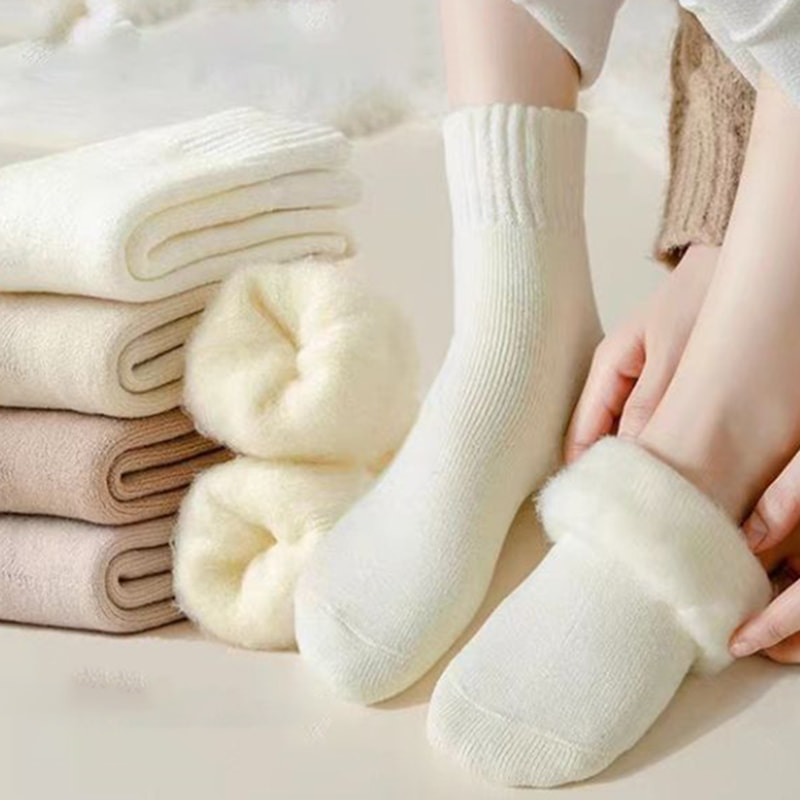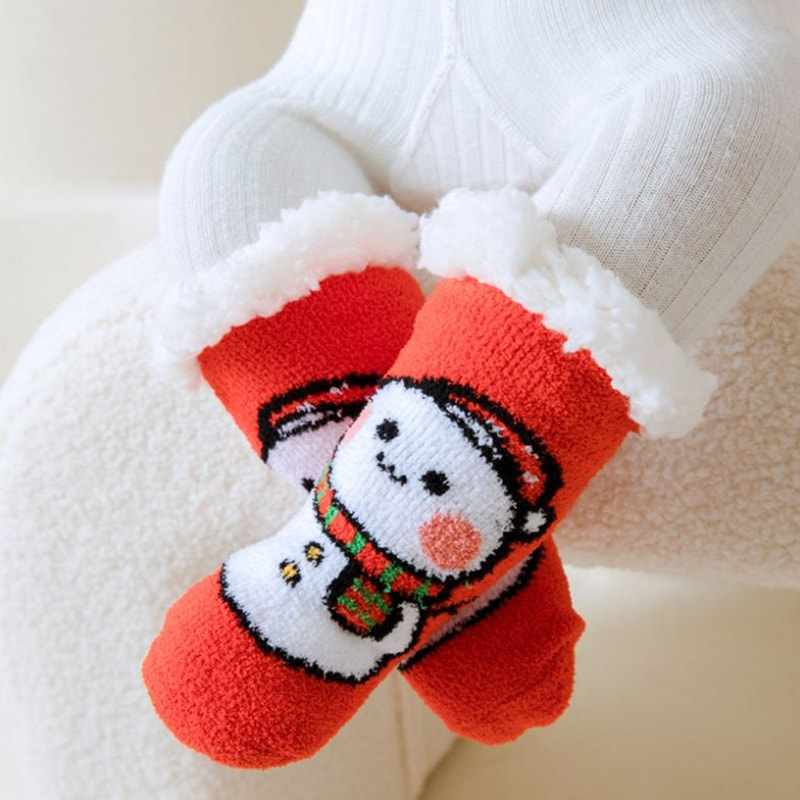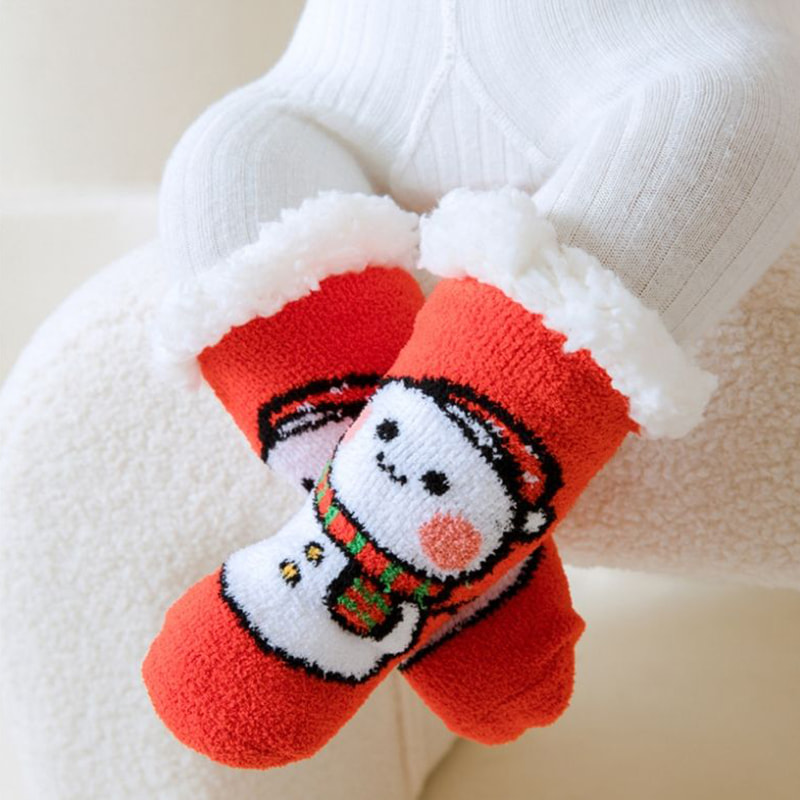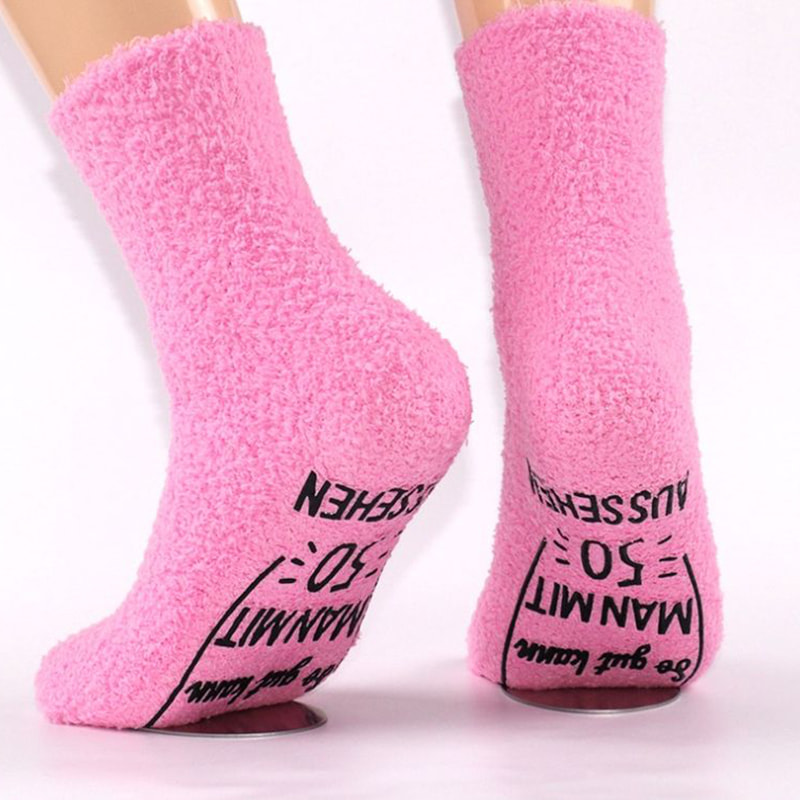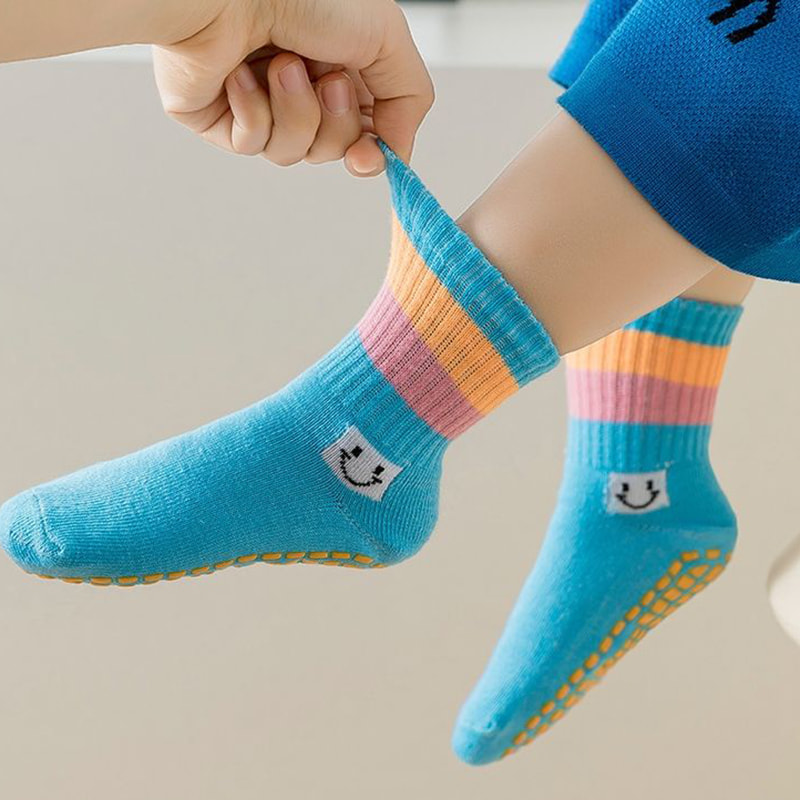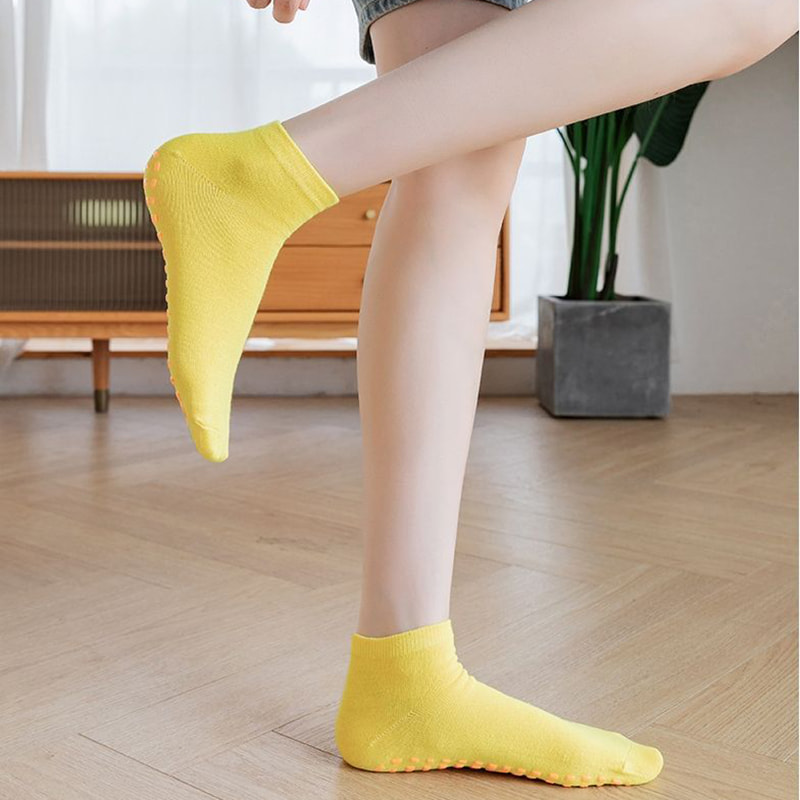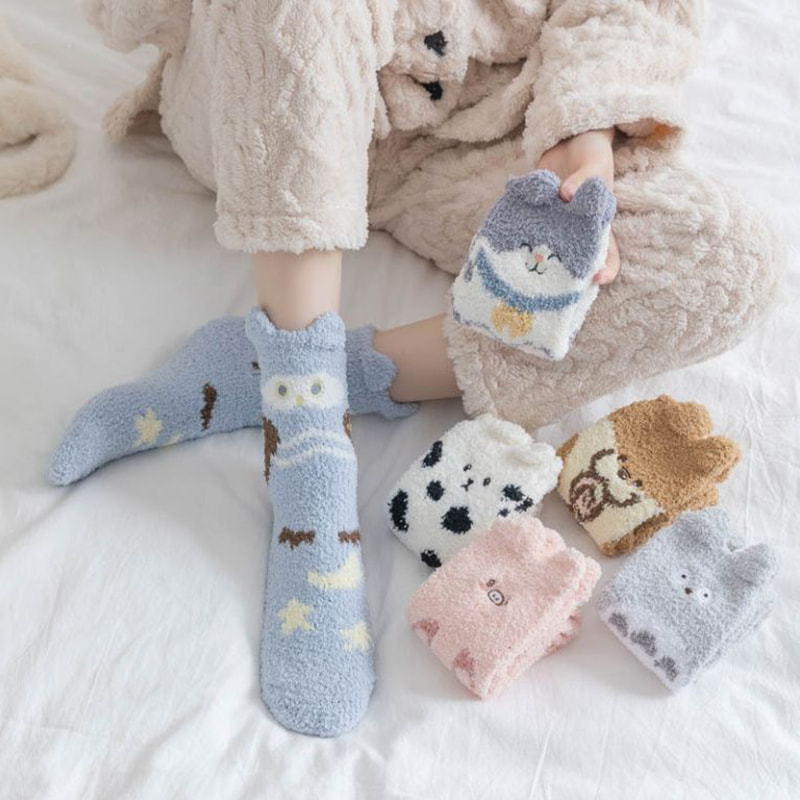Precautions for washing and maintaining children's socks
As one of the important clothes for daily wear, children's socks are made of various materials and have rich designs. Therefore, special attention should be paid during washing and maintenance to ensure their functionality, comfort and safety. The following is a detailed description of the washing and maintenance of children's socks, as well as suggestions on how to avoid irritation or damage to children's skin.

1. Choose the right detergent
Use mild detergent: Children's skin is more delicate and easily irritated by chemicals. Therefore, when washing children's socks, baby-specific or mild detergents should be given priority. Such products usually do not contain fragrances, bleach and irritating ingredients, which can reduce irritation to children's skin.
Avoid using strong alkaline or bleach: bleach and strong alkaline detergents will destroy the fiber structure of socks, and may remain on the socks, which may cause allergies or rashes after contact with children's skin. In addition, such detergents may also damage the color of socks, causing fading or deformation.
Pay attention to the concentration of detergent: even mild detergents should not be used excessively. Excessive detergent residue will not only affect the breathability of socks, but may also enter the body through contact with children's skin, causing unnecessary health risks.
2. Classification and washing
Classification by color: Children's socks are rich in color, and mixing dark and light socks can easily cause staining, affecting the appearance and use experience. It is recommended to wash socks by color to avoid color mixing.
Classification by material: Socks of different materials (such as pure cotton, wool, synthetic fibers, etc.) have different water absorption and elasticity, and mixing may cause shrinkage, deformation or damage. For example, wool socks should not be washed with cotton socks to avoid deformation or felting.
Avoid mixing with heavy objects: In the washing machine, socks should be avoided from being washed with heavy objects such as towels and sheets to avoid excessive friction and deformation.
3. Gentle washing method
Hand wash or gentle mode: Children's socks are usually softer, and it is recommended to wash them by hand or in the gentle mode of the washing machine. Avoid using strong stirring or high-speed rotation to avoid damaging the fiber structure of the socks.
Avoid excessive scrubbing: Scrub gently when washing, focus on cleaning the stained area, and avoid excessive rubbing of the entire sock. Excessive scrubbing will not only destroy the elasticity of the socks, but may also cause the sock opening to deform or the socks to break.
Avoid using hard tools: Do not use hard tools such as laundry brushes and laundry balls to avoid scratching the surface of the socks, affecting their appearance and comfort.

4. Impurity removal
Remove stains in time: Children are active frequently, and socks are easily stained with stubborn stains such as mud, jam, and oil stains. It is recommended to treat the stains before they are dry to avoid stains penetrating into the fiber and making them difficult to clean.
Use special stain removers: For stains that are more difficult to clean, you can use baby-specific stain removers or neutral laundry detergents for local treatment, and then wash the entire socks to ensure thorough cleaning.
5. Proper drying
Avoid exposure to the sun: Children's socks are brightly colored, and long-term exposure to the sun will cause fading, deformation, and even odor. It is recommended to dry in a cool and ventilated place, or use soft sunlight to maintain the color and elasticity of the socks.
Avoid direct contact with sunlight: The ultraviolet rays in the sun will destroy the fiber structure of the socks and affect their service life. It is recommended to place the socks on the indoor drying rack to avoid direct sunlight.
Avoid squeezing socks: Do not squeeze the socks together when drying to avoid deformation. You can lay the socks flat on the clothes rack to keep them in a natural stretch state.
6. Avoid high-temperature drying
It is not recommended to use a dryer: Children's socks are mostly made of natural materials (such as pure cotton, wool, etc.), and high-temperature drying will cause shrinkage, deformation, and even destroy elasticity. It is recommended to use natural drying.
Drying in special circumstances: If you must use a dryer, you should choose a low temperature gear and control the drying time to avoid long-term high temperature. At the same time, you can add a few dryer balls before drying to help fluff up the socks and reduce static electricity.
7. Reasonable storage
Keep dry and ventilated: Washed and dried socks should be stored in a dry and ventilated place to avoid mildew or odor caused by a humid environment. You can use a moisture-proof box or a breathable storage bag for storage.
Avoid squeezing and folding: Do not over-squeeze or fold the socks when storing them to avoid affecting their elasticity. It is recommended to lay the socks flat or hang them to keep them in a natural state.
Regular inspection: Regularly check whether the socks are damaged, the threads are loose, etc., and repair them in time to avoid being hooked or scratched when the child wears them.
8. Cleaning frequency
It is recommended to wash them every two days: Children are active, their feet are prone to sweating, and socks are prone to breeding bacteria and odor. It is recommended to wash them every two days to keep the socks clean and hygienic.
Timely cleaning in special circumstances: If the socks of children are stained with mud, sand or special odors after outdoor activities, they should be washed in time to avoid stains from adhering to the socks for a long time.
9. Measures to avoid irritation or damage to children's skin
Choose non-irritating materials: The material of children's socks should try to choose pure cotton, organic cotton or synthetic materials with good breathability, and avoid using materials containing irritating chemicals, such as chlorinated fibers or dyes.
Avoid using inferior products: Choose children's socks produced by regular manufacturers and in line with national safety standards, and avoid buying inferior products to avoid harming children's skin due to unqualified materials.
Pay attention to the size and elasticity of socks: Socks should fit but not be too tight, and avoid tight socks that strangle the ankles and affect blood circulation. At the same time, the sock opening should be soft and smooth to avoid rubbing the children's skin, causing discomfort or redness and swelling.
Change socks regularly: It is recommended to change children's socks every 1-2 months to avoid aging, deformation or breeding of bacteria due to long-term use, which will affect children's health.
Washing and maintenance of children's socks are key links to ensure their functionality and comfort. By choosing appropriate detergents, classified washing, gentle washing, correct drying and reasonable storage, the service life of socks can be effectively extended and irritation to children's skin can be reduced. At the same time, parents should pay attention to choosing high-quality and safe children's socks to ensure that their children are comfortable and healthy during wearing.


 English
English 中文简体
中文简体 Español
Español





